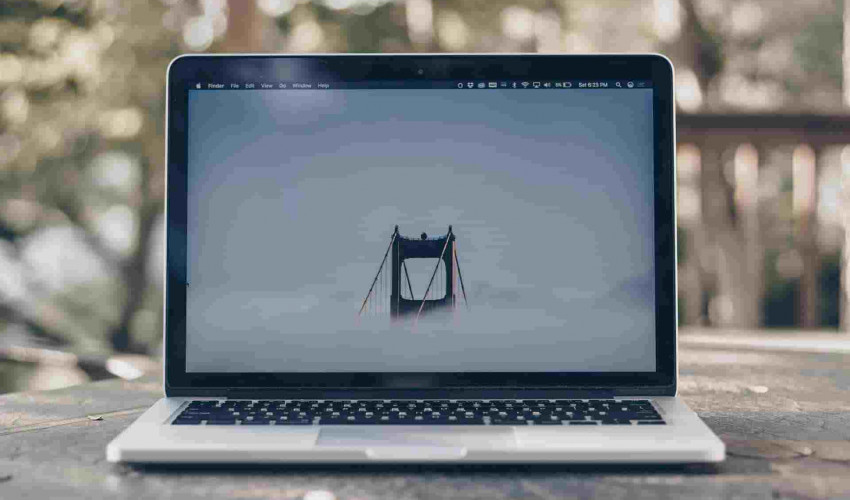
Web design is constantly evolving and if you want to stay ahead of the game it’s important to keep up to date with current trends. It’s no mean feat as each year we see new technology and approaches constantly impact the field. From personalisation to responsive design, each year brings something new. Adapting to such trends is therefore key if your website is to stand the test of time.
So, as this year draws to a close, we’ve taken a look back at some of the key web design trends of 2017.
Minimalism

This is a proven way to make products or important items really stand out and 2017 saw an increasing number of brands adopt it. A simple background can add a real focus and purpose to the item you want users to see, ultimately helping to guide buying decisions.
An added benefit with taking a minimalist approach is that it works a treat with responsive design. When planning a mobile site there are less elements to consider meaning it’s a more seamless transition.
Bold typography
In fitting with the minimalist approach, bold typography has been a key trend in 2017. Businesses are increasingly opting for a more stand-out look for websites and incorporating more dramatic typography.
Using striking text also creates drama and a real clarity to the message you want to portray. Bright colours also play into this and help businesses to leave a memorable impression on their audience.

The rise of the bespoke illustration
This isn’t by any means a new trend. However, over the past year, we’ve seen a clear increase in the number of brands adopting more bespoke illustrations. This can add another dimension to a site and really help to reflect brand personality.
There’s some great examples out there which demonstrate how illustration can bring a site to life. Here’s a great round-up with some inspiring examples.
User personalisation
It’s no secret that brands know a lot more about us than they once did. Armed with search history, preferences and social media interactions, brands are now able to really personalise user experience.

This has played a key role in 2017. If you’re a Spotify user then you’re probably acquainted with the ‘Discover Weekly’ playlist. It’s a classic example of personalisation, providing users with a specially curated playlist based on their listening habits.
This is created using an algorithm that tracks user preferences and like most personalisation initiatives, can be hit and miss. Although it’s not perfect, it’s certainly an example of how personalisation is set to play an increasingly important role in web design.
Conclusion
2017 has seen some impressive advancements when it comes to web design. Key factors such as user experience and responsive design have shaped the way brands approach web design. In looking back at how trends have emerged, it shows how important it is to stay up-to-date with technology and user experience trends. They can really map out the route web design takes and influence the way you approach your site.
Thinking about improving your website for 2018 and beyond? Contact us today to find out how our web design service will work for you. We cover areas such as Nottingham, Derby and Mansfield.